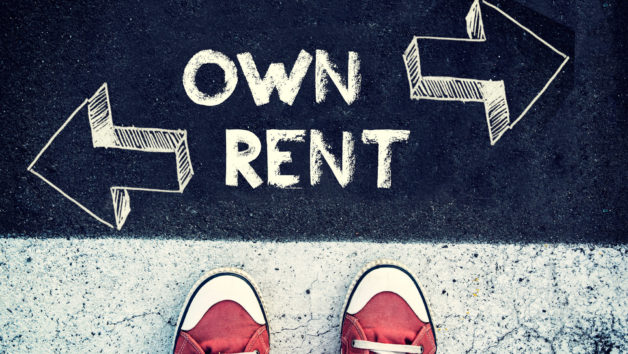Published by Housing Wire | March 16, 2021
Unintended consequences could send home prices up even further
The housing industry has been keeping a keen eye on President Joe Biden’s proposed $15,000 homebuyer tax credit for first-time homebuyers. But just how many people would actually benefit from it?
According to a report from Zillow, about 9.3 million renter households in the U.S. (27.4%) would spend less than a third of their income on the monthly payment for the median home sold in their metro in 2020 if they received the full tax credit. That is, of course, if certain stars align: think a 3.5% down payment on a 30-year mortgage with a 3% interest rate.
But if those factors do play out, the tax credit would cover a renter’s entire down payment for homes in 40 of the 50 largest U.S. metros. Even more so in those that are considered more affordable, like Pittsburgh (40.5% could afford a median mortgage), Cincinnati (39.7%), Cleveland (39.0%), and St. Louis (38.5%). Areas like California on the other hand, boast a smaller share of renters who could benefit – more likely in the thousands than millions.
Under former President Barack Obama, the federal government offered first-time homebuyers a tax credit of $7,500 in 2008 and $8,000 in 2009 and 2010 via the Housing and Economic Recovery Act. Those who received the credit in 2008 were required to pay back the credit over time, while those who received it later had it waived.
The Biden administration has released few policy details about the first-time homebuyer tax credit. To date, the administration has focused on the COVID-19 pandemic, and given that the U.S. housing market is at its hottest point in a generation and prices are already at a peak, it’s unlikely that the Biden White House will prioritize it in the near-term.
One obvious consequence to creating a $15,000 down payment assistant plan is the demand it would create in an already struggling supply. The Census Bureau found that just 307,000 new homes were on the market in January, roughly four months worth of supply at the current sales rate. As for how much borrowers paid that month, the median sales price was around $346,000, while the actual sales price averaged closer to $409,000 – pushing prices out of a sustainable range for those who receive the down payment assistance.
Of course, if it does get passed, the tax credit would be a game-changer for many renters, particularly those who struggle to save for a down payment in high-cost metros.


